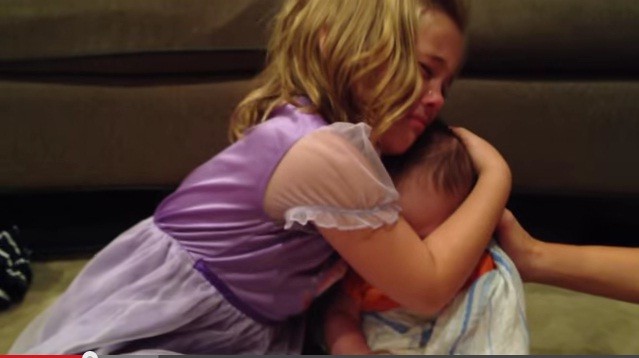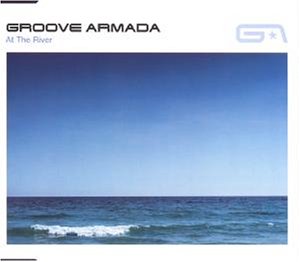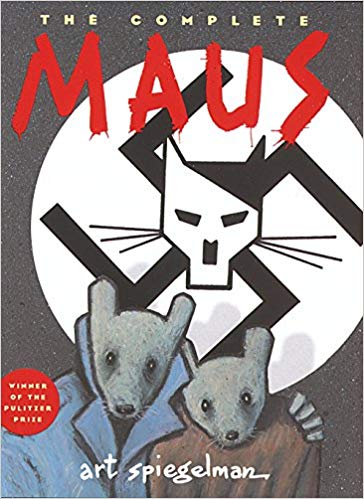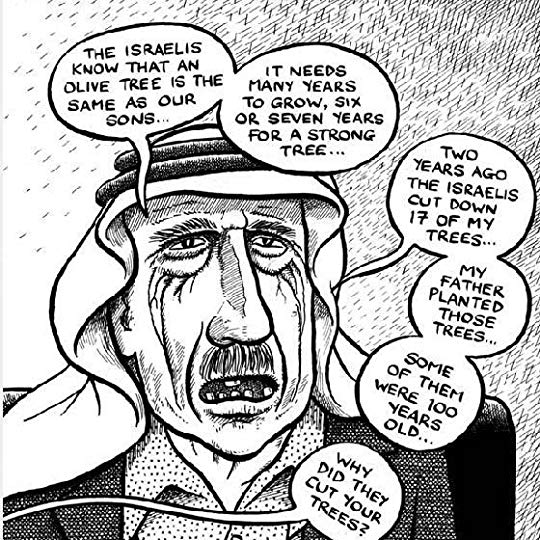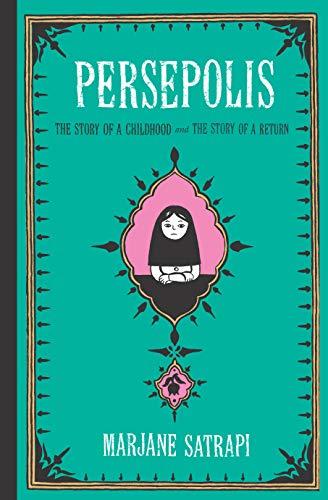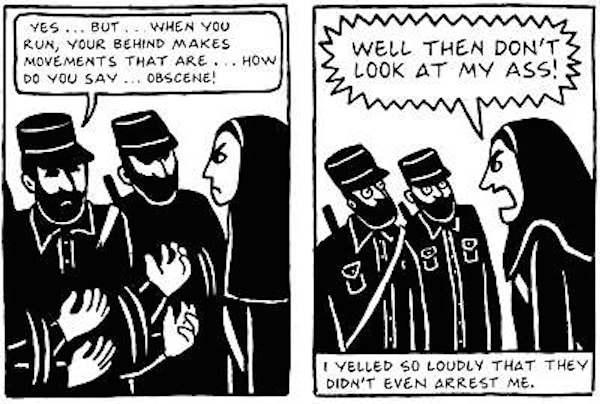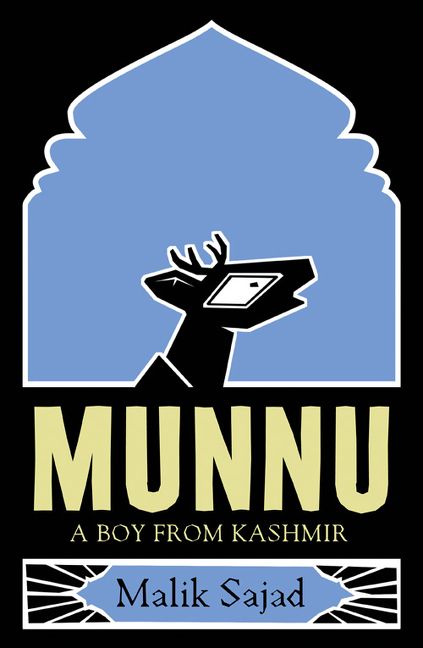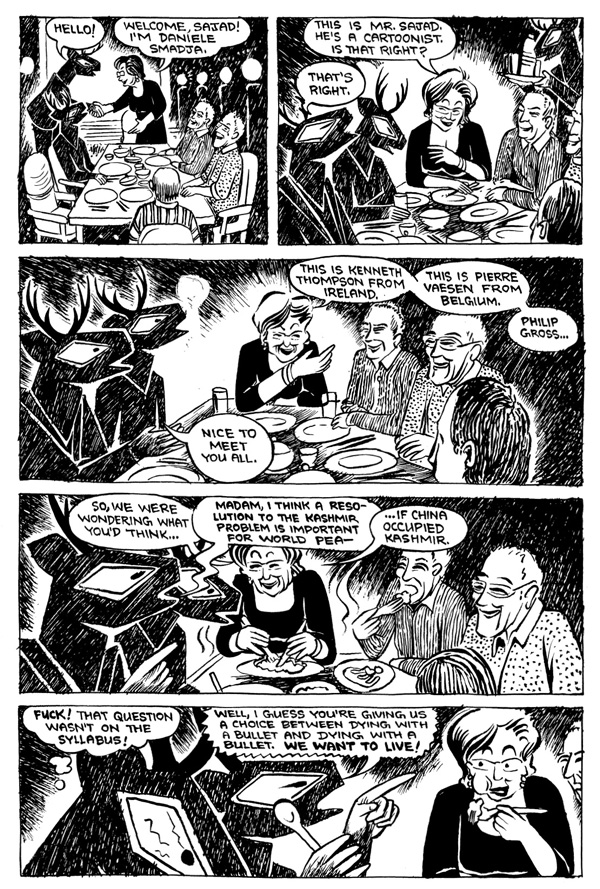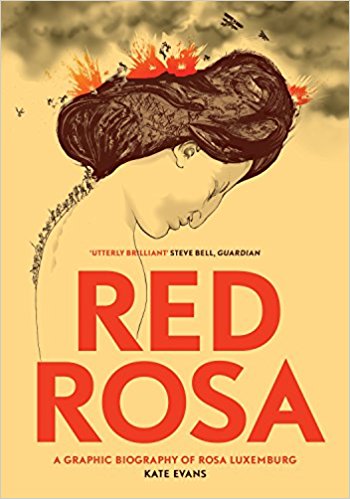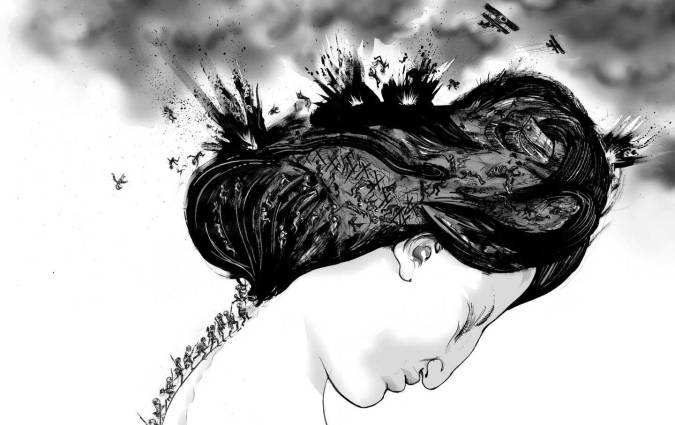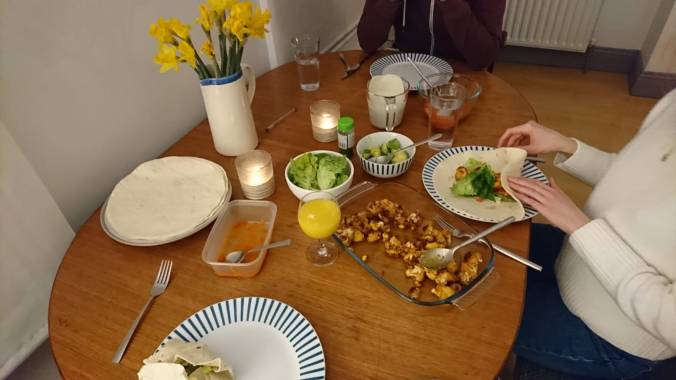On Tuesday 17th March 2020, I was told at 15:20, after a full day of teaching, that my placement was to be suspended with immediate effect. At this point, I am aware that my course will continue with online learning and seminars, that I have up-coming assignments that I will need to prepare and I have a stack of journal articles to read, but that I will be housebound for the foreseeable future. This has presented me with something of a paradox: being at home is both unnerving and reassuring; liberating from the busy-ness of normal life but may also create a void of emptiness that will leave me climbing the walls. As such, I am doing my best to come up with a daily routine of interesting things to do that will keep me calm. I think that, in spite of all the chaos, this is a really pertinent opportunity for me to dig into some of my interests and hobbies, learn some new things and keep staying curious. At this point, and it is still early days, I have three books on the go, which I can barely believe myself, I am filling my days with interesting tasks and activities that prevent me from binging on television, and I am keeping positive and cheerful in light of a perfect storm of governmental confusion, media confusion and general upheaval.
‘What Would Boudicca Do?’ by E. Foley and B. Coates

This was a New Year’s gift from a dear friend and is a fun whistle-stop tour of remarkable women from history. I have decided to read a chapter a day over the course of whatever it is that is happening (am I self-isolating, in quarantine, living out a course suspension? Who knows). So far, I have read condensed histories of Boudicca and Mary Wollstonecraft. Tomorrow, Mae West. The book is fun, digestible, full of nuggets of important intersectional feminist history and reading just a chapter a day gives me something to look forward to for tomorrow.
Duolingo

I downloaded and started learning through Duolingo before the corona-party started, and I am now even more committed to keeping at it. Currently, I am refreshing and building up my French and I have started learning Welsh from scratch. I was inspired to start by a friend who is on a 200-day streak and I loved his commitment to the cause. Additionally, I was stunned by the fact that whilst I’ve been chugging away nonchalantly speaking, reading and writing in English alone, over half the world’s population is bilingual. Language learning is going to become more and more essential for Britons, especially in light of our new (sob) relationship with the EU, so I think it’s important that learning new languages and, by proxy, understanding the cultural contexts of different countries and their peoples, becomes more of a priority. French has always been of interest to me (I have delusions of grandeur about moving to Paris) and Welsh is an important part of my own personal heritage. My mum is a native speaker, as is my Grandma on my Dad’s side. Hilariously, they speak different dialects so can’t communicate with one another. Nevertheless, learning Welsh has been an absolute joy. I can just about tell people that I am a vegetarian from memory (dw’in ddim yn bwyta cig) and it is just delightful learning how to speak and write a language that so liberally uses the letters ‘w’ and ‘y’. Duolingo isn’t perfect, but it’s exactly what I need it to be right now: good for my brain, good for my cultural awareness and a diversion from binge-watching TV. Speaking of which…
The Good Place, Netflix *slight spoilers*
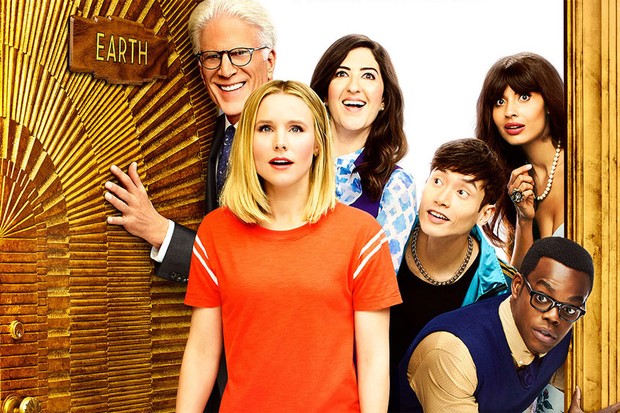
Of course a bit of Netflix was going to feature. MW and I are on the final series of this hilarious sitcom that incorporates trashbagism with the central tenets of moral philosophy. The writing is sharp, effortlessly condenses complex philosophical ideas into twenty minutes segments, has truly mind-blowing twists and a range of characters that I absolutely adore. Up there for me is Jason Mendoza, a hapless dimwit from Jacksonville, Florida, who has a heart of gold. Jason is one of the most stupid and naive characters I have ever encounterd but is extraordinarily emotionally intelligent. Whilst head haunch Michael has to scam and manipulate everyone else to get them to do the right thing, Jason is receptive, honest and the most in touch with what he needs. Our time with the show is coming to an end and I am going to miss it enormously.
Going for a walk

MW and I went for a half an hour walk around the Park Estate in Nottingham today. We saw the first of the cherry blossoms coming out; a cute dog with a bandage on its paw who was still tugging its owner along; beautiful Lady-and-the-Tramp Fothergill architecture; my favourite cedar tree; and we talked about everything and nothing. It started trying to rain at one point and we both arrived home with rosy cheeks. Going for a walk was such a nice break from the work of the morning. We felt refreshed by it, we’d had some good exercise, and it helped us to disengage from our screens.
Staying connected

I don’t mean this in a mindless, compulsive way: more like checking in with friends and family members on a regular basis, if you can. I have had hilarious and lovely chats with my mum and Grandma today, as well as touching base with a variety of WhatsApp groups where the memes, bad jokes and cute pet photos are flowing. I think it would be quite easy to become very insular and isolated at this time. As much as it is nice to hole up for a while, we need to stay connected and active in a healthy way. Additionally, we need to be mindful of the isolation others may be feeling, particularly older people who are having to self-isolate. Age UK run a befriending service that I volunteered for last year, and I am sure they would appreciate more people signing up at this time. I wrote more about the importance of building relationships with older people here
Yoga with Adriene, YouTube

As many of you know from my incessant ramblings, I have sworn by Adriene Mishler’s YouTube channel for years. It is free, full of warmth, wisdom and fantastic yoga practices, and is a go-to for grounding and exercise. Life is always uncertain, but we are experiencing that all the more keenly at this point: yoga is an amazing way to breathe into the uncomfortable feelings, emotions and sensations that may arise, especially if you are prone to anxiety. Her 30 day yoga journey, released in January and prophetically entitled ‘Home’ (where I am spending an awful lot of time at the moment), is one I will be gravitating towards. She also announced today a new yoga playlist that contains videos of practices that pertain to uncertainty and crisis. Just twenty minutes of tuning into my breath and dropping down into my body makes such an incredible difference to my day.
Pema Chodron

I couple my practice with reading a chapter of Pema Chodron’s ‘The Places That Scare You: a guide to fearlessness’. Chodron is a cornerstone of Buddhist wisdom and guidance, encouraging us to see our fears, anxieties and stuck points as opportunities for growth, self-knowledge and integration. Instead of pushing away or resisting old patterns that no longer serve us, we can get to know them, allow them to pass through, and grow our compassion for ourselves and, as a result, all human beings. We all struggle. We all have our edges that push us to our limits. In this time of collective uncertainty, chaos and fear, we have a real chance to see our lives clearly: we may not like what we see, but that’s OK. It’s better to be conscious of our choices than to live in ignorance or stuck in cycles of self-abandonment.
Music

Over the past couple of days, I have revisited a lot of my musical favourites. I was partially inspired by Daniel Radcliffe’s ‘Desert Island Discs’ which was an absolutely delight. Since then, I have been listening to Father John Misty, Bob Dylan, Sade and Agnes Obel, with a little bit of Andrew Lloyd Webber thrown in (he did a Twitter poll for a song to perform and ‘All I Ask Of You’ from The Phantom of the Opera cam out on top. The whole thing is lovely: check it out). Normally at this time of the year I have my annual Stravinsky Rite of Spring binge due to the impending seasonal transition: it definitely still freaks me out even after all these years, but I wouldn’t be without it. I have started reading Tolstoy’s description of the Russian spring in Anna Karenina as a companion to Stravinsky. The violence and the vibrance of spring, with its renewal and rebirth, is both excruciating and profoundly beautiful.
N.B
I genuinely believe that coronavirus is forcing us to re-assess our social structures and our places within them. At no other time has such a compelling case been made for Universal Basic Income; the free childcare labour of grandparents has been shown to be so underappreciated; the undervaluing of the NHS, teaching, and ‘low skill’ jobs such as cleaning and delivery work has been exposed and challenged; rates of pollution dropped in China because of lockdown etc. This is a confusing and uncertain time, but it can be a fascinating time. I think it is giving us the chance to evaluate what most certainly is not working for us and what we can change in the most positive way. Business as usual wasn’t working before coronavirus, it certainly isn’t working now, and we would be fools to let this opportunity to enact progressive, socially aware and compassionate policies post-coronavirus to just slip away. I am not completely fluent in politics, I don’t know what the right answers are; but it is clear that we are in a unique situation where we can move to build a fairer, more just world where everyone is taken care of. I wish that people would stop worrying about market volatility as though it were something that wasn’t invented and perpetuated by humans in the first place. Let’s build something else.
